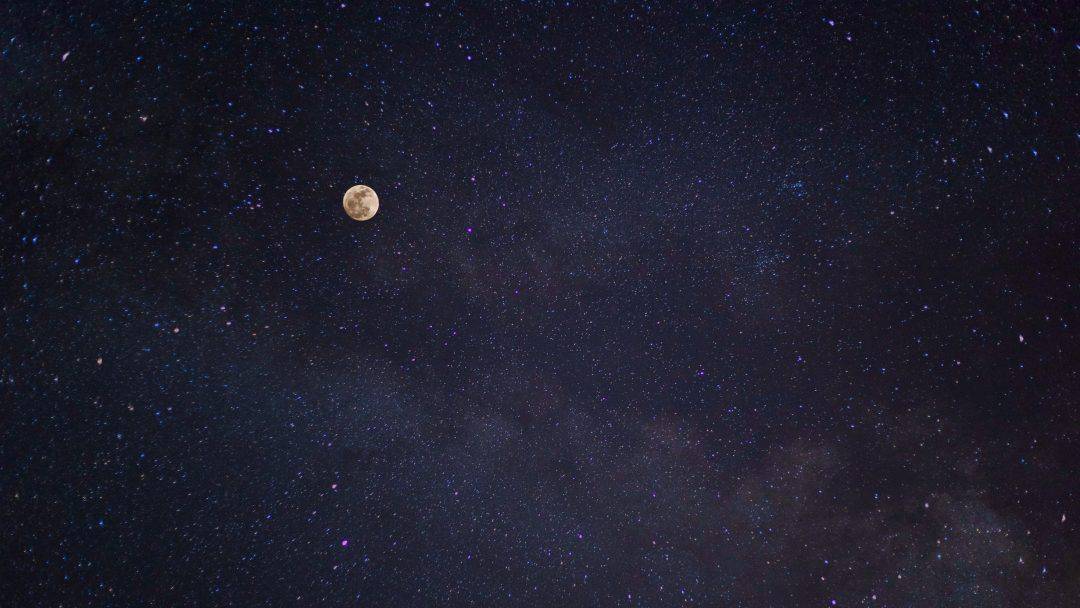The main attraction to staying in a cabin is being able to get away from the stress of everyday life and being able to enjoy the beauty of the world. The world is an amazing place and you can take full advantage of living off-grid by exploring nature.
The night time for some means the end of the day, and when all fun ends however for some it’s just the beginning. There’s so many ways which you can embrace nature even throughout the night. Astronomy and Stargazing is just one of the amazing activities you can take part in whilst staying in a cabin.
Astronomy and Stargazing
From your cabin, you’ll have a clear view of the sky – there’s unlikely to be any large building blocking your view of the stars. Often city lights will hide the beautiful stars which fill the sky at night. This makes your cabin one of the best places for astronomy and stargazing.
When staying in a cabin, you should always make sure you take full advantage of your opportunity to view the stars. This is a truly touching experience which you won’t forget, it will ensure that you fully appreciate the world which we’ve been bestowed.
This is an activity that the whole family will enjoy, your kids will be ‘star-struck’.
When I talk about astronomy and stargazing, I’m referring to the casual activity. You don’t require loads of expensive equipment to get started. I’ll be listing the very few inexpensive products you’ll need for a great time. So, if you’re interested, I’d suggest you continue to read this article.
How to get started with Stargazing
Preparation
There’s a few steps which should be taken before getting started with the activity. A little bit of preparation will make the activity a lot more fun and will allow for everything to go smoothly.
The first thing you should do is find a good app for your phone. This will allow you to identify which stars you’re viewing. There’s many available for IOS and Android devices. Simply go into your phones app market and search ‘Star Finder’ or ‘Stargazing’. There’s many different alternatives for you to choose from.
Another alternative would be to purchase a star chart. This a rotating star finder which will allow you to recognize the constellations for any time of night, or day. This star finder works great and has many awesome reviews. This is a useful bit of equipment for such a cheap price. Using a star chart can provide you with a more authentic experience than a phone application.
Keep in mind that if you’re using a star chart, you’ll need to get a star chart which for your latitude. The chart which I had recommended uses 40°-50°. You can find your own by searching your location into google and using the keyword ‘latitude’. For example, “US Florida latitude”.
Personally, I use a phone app over a star chart as I find that some apps provide more useful information. For example, some apps will also identify other celestial objects such as comets and planets. I always have my phone on me, so it’s a lot more convenient than searching a for star chart.
Setting
When stargazing it’s always important that it’s as dark as possible. For obvious reasons, it’s easier to identify the stars in the sky when it’s dark as they stand out more. This means if possible, it’s important that all lights around your cabin are turned off. Any form of light could distract you from the stars in the sky. When setting-up for the activity, it’s important that you avoid looking at any lights as your pupils will contract and you won’t be able to see the stars as well. To deal with this, avoid looking at any light for a while so that your eyes can readjust.
Telescope
If you want to maximize the potential of this activity, it would be a good idea to pick-up a decent telescope. A good telescope doesn’t have to set you back hundreds of dollars, you can get some great inexpensive products nowadays. I’d recommend this telescope. It’s an overall great telescope, perfect for beginners due to it’s user-friendly features and instruction manual. I’ve used a handful of different telescopes however I must say that this is an amazing telescope which despite it’s cheap, still out-performs much more expensive telescopes. One amazing thing about this telescope is that it’s very compact and short, though it still has great magnification which out-performs many larger telescopes.
This telescope uses a German equatorial mount. This is a mount which compensates Earth’s rotation, by having one rotational axis which is parallel to Earth’s axis of rotation. This makes it easier to keep track of celestial objects once you’ve identified them. You’ll just have to use a dial on the telescope a bit every couple of minutes, which will cause the telescope to follow the object.
Most telescopes will only come equipped with a basic tripod which will hold the telescope in place, allowing for you to maneuver it around. However, a basic tripod won’t provide the same benefits as an equatorial mount. You’ll notice the difference the more you use your telescope.
When using a basic tripod, you’ll find that it’s very difficult to keep track of an object due to the way in which the earth rotates. The further away an object is, the more quickly it will escape your view. Once you’ve tried both types of mounts, you’ll find that the equatorial mount is a god sent. It’d be very difficult for me to go back to a basic tripod telescope. Therefore, I’d recommend the telescope I had linked to earlier, it will provide you with an overall better experience than any other beginner telescope.
Using an equatorial mount can take some getting used to, which is why I’d recommend you start off with one. It’s better to get use to one straight away rather than getting use to a tripod mount then upgrading to an equatorial.
Binoculars
A good alternative to a telescope would be a solid pair of binoculars. They work just as well if not better than telescopes depending on your preference and what binoculars you purchase. One reason some people prefer binoculars over a telescope is due to the lower magnification. Because telescopes have such high magnification, your FOV (Field of Vision) is greatly reduced. This means that you’ll be affected by the smallest movement of your telescope, one accidental tap could result in you losing track of whatever celestial object that you have your eye on.
This makes binocular great as they provide enough magnification to see things which you normally wouldn’t be able to, however things are not magnified enough to make it difficult to keep track of. With binoculars, you’ll also have a wider FOV. The downside of this is that you won’t be able to see the object as well as you would in a telescope. Depending on how much you care about the details will dictate whether you’d prefer binoculars or a telescope.
I’d recommend this pair of binoculars. These are some high-quality binoculars, manufactured by Celestron; a great brand which also offers the telescope I had recommended previously. This telescope has large objective lens which offer maximum image bright, even in the lowest-light conditions. This telescope has very soft rubber eye-cup which are extremely comfortable, and these cups can be folded down, making it glasses friendly.
If you’ve never bought binoculars before then you should know that each pair will have two numbers assigned to it, for example this binocular which I’ve recommended is ‘15×70’. The first number represents the binoculars magnification and the second is the size of the objective lens. The second number is the most important when using binoculars for stargazing as a larger objective lens will allow for more light and enable you to see better at night.
Therefore, I’ve recommended these binoculars. The Celestron SkyMaster Giant is heavily adapted for stargazing and astronomy. They allow for a lot of light to get in, thus making them perfect for looking up at the stars, at night. It’s up to you whether you decide to purchase binoculars or a telescope. Heck, you could even purchase both if you want some variety, I personally have both as sometimes I prefer to use binoculars and sometimes I prefer to use a telescope.
Conclusion
Here you can find a list of the best stargazing equipment for beginners. Astronomy is a beautiful thing and can be fully appreciated when staying in a cabin. I’d highly recommend this activity to anyone, regardless of your age or gender. It’s an activity which the whole family can engage in. If you already participate in stargazing, I’d like to know what celestial objects you take interest in. Personally, I’m a big fan of double stars, and have caught a few comets also.
My name is Eugene Thornhill. I'm an outdoor enthusiast who loves nothing more than being one with nature. I've lived in numerous outdoor homes and even constructed my own. Living off-grid is something I'm very familiar with, more so than living in the city. For many years I've dealt with the many problems of living off-grid. It's time to pass on my knowledge through Cabinguides.


